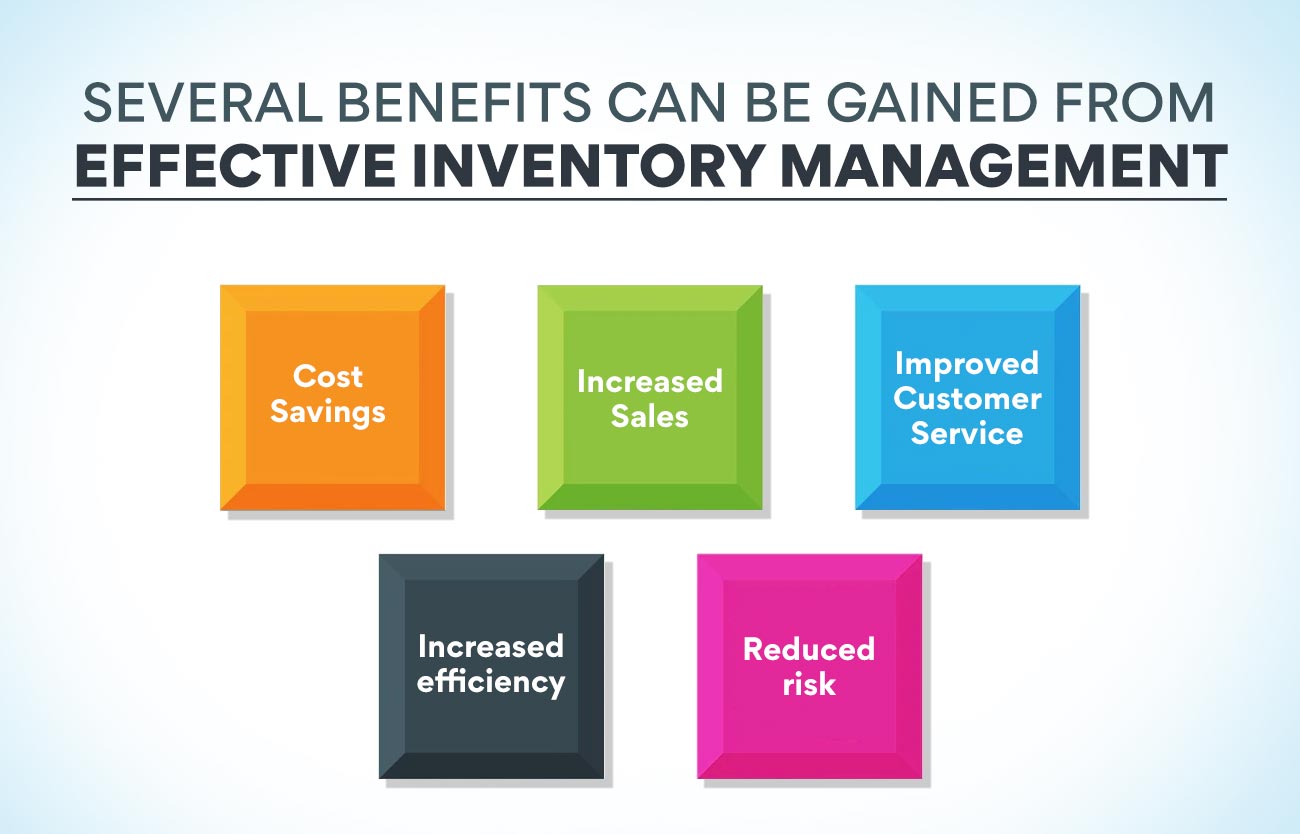Inventory and order management sets the stage for this enthralling narrative, offering readers a glimpse into a story that is rich in detail with a focus on optimizing operations and delighting customers. As businesses strive for excellence in fulfilling orders, the intricate dance of inventory management and order processing comes to light, showcasing the pivotal role they play in the success of any enterprise.
Exploring the nuances of inventory tracking systems, order processing workflows, optimization techniques, and the integration of cutting-edge technology, this topic promises a deep dive into the intricacies of managing supply chains and ensuring seamless operations.
Importance of Inventory Management
Effective inventory management plays a crucial role in ensuring smooth and efficient order fulfillment processes. By keeping track of stock levels and product availability, businesses can streamline their operations and meet customer demands in a timely manner.
Cost Reduction and Improved Customer Satisfaction
- Reduced Costs: Proper inventory management helps businesses avoid overstocking or understocking of products, which can lead to unnecessary storage costs or lost sales opportunities. By optimizing inventory levels, companies can minimize carrying costs and improve their overall financial performance.
- Improved Customer Satisfaction: Maintaining accurate inventory data allows businesses to fulfill customer orders promptly and accurately. Customers appreciate receiving their products on time, leading to higher satisfaction levels and increased loyalty. Additionally, inventory management helps prevent stockouts, ensuring that popular items are always available for purchase.
Inventory Tracking Systems
Inventory tracking systems play a crucial role in modern order management by ensuring accurate monitoring of stock levels and movement. Various technologies are utilized to track inventory effectively, with barcode systems and RFID technology being two of the most commonly used methods.
Barcode Systems
Barcode systems involve assigning unique barcodes to each product, which are then scanned using barcode scanners to record inventory movements. This system is cost-effective and easy to implement, making it a popular choice for many businesses. Barcode systems offer a reliable way to track inventory in real-time, enabling businesses to maintain accurate stock levels and streamline order processing.
RFID Technology
RFID (Radio Frequency Identification) technology uses radio waves to identify and track inventory items. Unlike barcode systems, RFID tags do not require line-of-sight scanning and can be read from a distance, allowing for faster and more efficient inventory management. While RFID technology offers the advantage of increased automation and accuracy, it can be more expensive to implement compared to barcode systems.
Overall, both barcode systems and RFID technology are effective inventory tracking systems used in modern order management. The choice between the two depends on factors such as budget, operational needs, and the scale of the business.
Order Processing Workflow
Order processing workflow involves several steps from receiving an order to fulfilling it. Inventory management plays a crucial role in streamlining this entire process.
Steps in Order Processing Workflow:
- Order Entry: The process begins with entering the order details into the system, including customer information, product details, and quantity.
- Order Verification: The system verifies the order for accuracy, availability of products, and pricing before proceeding.
- Order Fulfillment: Upon verification, the order is processed for picking, packing, and shipping to the customer.
- Shipping and Tracking: The shipment is sent out to the customer, and tracking information is provided for transparency.
- Order Completion: Once the customer receives the order, the system updates the order status to complete.
Inventory Optimization Techniques
Optimizing inventory levels is crucial for businesses to meet demand fluctuations efficiently. By implementing various strategies and utilizing tools like ABC analysis and economic order quantity (EOQ) models, organizations can ensure they have the right amount of stock at the right time, reducing costs and improving customer satisfaction.
ABC Analysis
ABC analysis categorizes inventory items into different groups based on their value and importance. This technique helps businesses prioritize their inventory management efforts by focusing on high-value items that contribute significantly to revenue. By classifying items as A, B, or C according to their impact on the bottom line, companies can allocate resources effectively and ensure optimal stock levels.
Economic Order Quantity (EOQ) Model
The EOQ model calculates the ideal order quantity that minimizes total inventory costs, taking into account factors like holding costs, ordering costs, and demand variability. By determining the most cost-effective quantity to order each time, organizations can avoid overstocking or understocking, leading to improved inventory management efficiency and reduced carrying costs.
Technology in Order Management
Technology, such as automation and AI, is revolutionizing inventory and order management by increasing efficiency and accuracy in processes. These advanced solutions are transforming the way businesses handle their inventory and fulfill customer orders.
Automation in Order Processing
Automation in order processing involves the use of software and systems to streamline the entire order management workflow. This technology eliminates manual tasks, reduces errors, and speeds up order fulfillment. By automating repetitive tasks like order entry, invoicing, and shipping, businesses can improve their overall operational efficiency.
AI-Powered Inventory Optimization
AI-driven inventory optimization solutions leverage machine learning algorithms to analyze historical data, forecast demand, and optimize inventory levels. These tools help businesses make more informed decisions regarding stock levels, replenishment strategies, and warehouse management. By using AI, companies can reduce stockouts, minimize excess inventory, and improve overall inventory turnover.
Software Solutions for Enhanced Visibility
Software solutions like inventory management systems, warehouse management systems, and order management platforms provide real-time visibility into inventory levels, order status, and shipment tracking. These tools enable businesses to track inventory movements, monitor order progress, and respond quickly to changing customer demands. Examples of popular software solutions include SAP Inventory Management, Oracle NetSuite, and Fishbowl Inventory.
Final Conclusion
In conclusion, Inventory and order management stand as the backbone of a well-oiled business operation, where precision and efficiency reign supreme. By embracing best practices, leveraging advanced technologies, and staying agile to adapt to changing market demands, companies can stay ahead of the curve and deliver exceptional service that keeps customers coming back for more.
